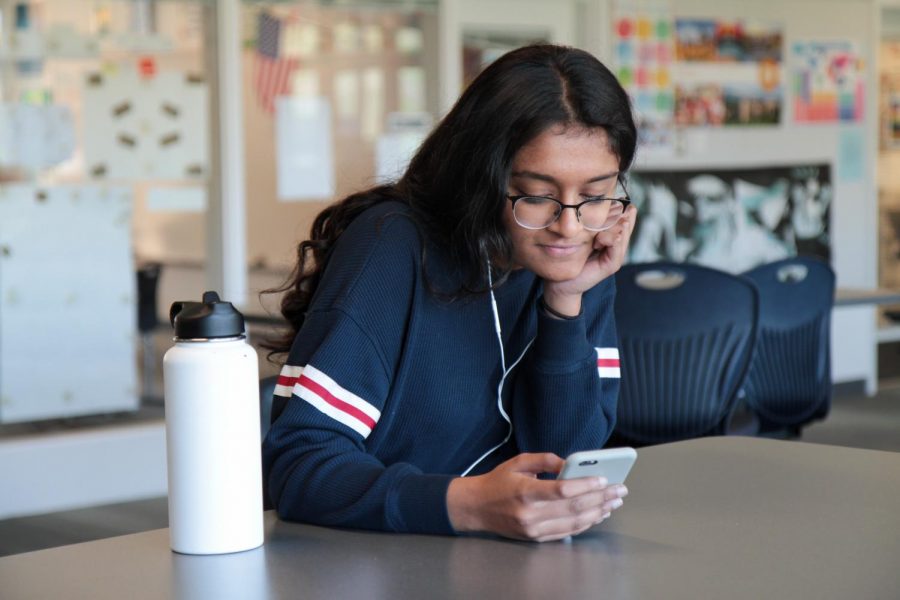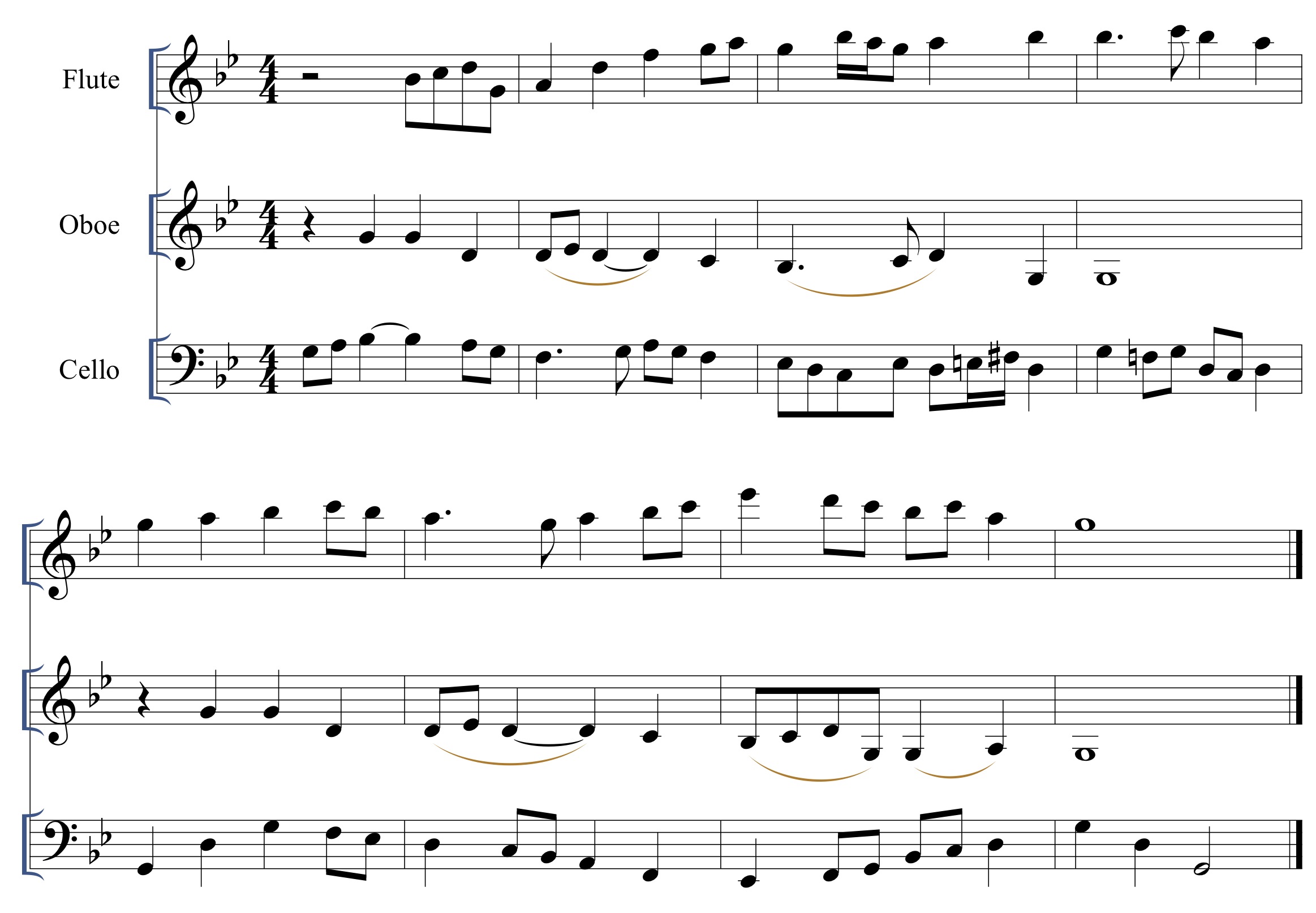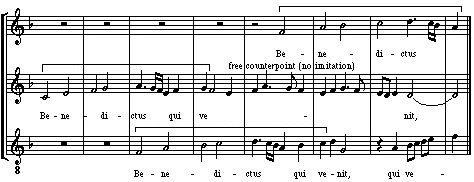
A great example is this: let’s say your song has a huge, hook-y chorus. EQ & Tone-ShapingĮQ is your best friend when it comes to shaping the texture of a mix.
#Polyphonic texture songs full#
Either way, we’re talking about ways you can play with the thickness of a mix, for quick transient moments or during full sections. It could be as simple and brief as a one-shot sound effect, or you could layer in an entire ambient soundscape to accompany the arrangement. Samplingīelieve it or not, sampling is one way to alter the texture of a piece. Here are several informal ways to enhance texture in your music. We use informal terms like rich, dense, thin, bass-y, warm, and so many more to subjectively describe textures. Informal texture, on the other hand, is more likely to make your mixes and productions more interesting. Apart from the obvious stuff like understanding that a lead melody is a monophonic texture, there are creative ways to play with thickness, width, and more in less of a “textbook” music theory way.įormally defined texture describes the relationship between melody and harmony as we saw with the terms above. Now that you’re familiar with the common types of texture in music, you can learn further tricks to incorporate it into your productions and arrangements. You might stumble across a really great sound by pitting two lead melodic instruments against one another. It’s less common in popular Western music, but that doesn’t mean you shouldn’t experiment with heterophony in your own productions. Heterophonic texture occurs when multiple voices or instruments play similar melodies, with slight variations between each of them.

Traditionally, homophony is when all of the voices perform roughly the same rhythm the lead melody stands out, while the rest of the voices create a background harmony. It essentially consists of a melody with accompaniment. This is most common texture in all of Western music. The rhythm section of a composition generally provides the polyphonic texture, while a lead vocal or instrument provides the monophonic texture. So strumming a guitar or playing piano is a polyphonic texture. Chords are considered polyphonic because of their harmonic content-usually three or more notes combining to form a singular sound. These can be totally independent from one another, or they can imitate each other. Polyphonic TextureĪ polyphonic texture is defined as two or more melodic lines playing together at the same time. You’ll normally hear a monophonic texture, or melody, comprising a song’s hook. Lead guitar or synth lines are monophonic textures too. A common example of monophony is an a cappella rendition of a song, such as “The Star-Spangled Banner.” Monophonic texture refers to a single melodic line with no accompaniment. This is the most basic texture and an essential building block of pretty much all music.
#Polyphonic texture songs how to#
By giving it a name, though, you can further understand the “rules” and how to break them! Monophonic Texture The cool thing about music is that you’ve probably employed all of these kinds of textures before, even if you weren’t consciously aware of it. There are four common types of texture in music. Video can’t be loaded because JavaScript is disabled: Musical Texture (Definition of Monophonic, Homophonic, Polyphonic, Heterophonic Textures) () The song is the same, but the textures between each version differ. Then imagine that song covered by a singer-songwriter with just vocals and an acoustic guitar or piano. One way to imagine texture is to think of a dynamic song you love, with rich instrumentation, huge vocal harmonies, and more. Texture is influenced by the type and number of instruments or voices playing a part, as well as the tempo, rhythm(s), and harmony.

Range can refer to the distance, or width, between the highest and lowest pitches in a song. We identify texture with words like “thickness” and “range.” A thick texture has numerous layers of instruments, while a thin one would be more sparse. Texture in music is how the tempo, melodic, and harmonic content add up to form a complete composition. But what about texture in music? What Is Texture in Music?

Paintings and photographs can vividly capture a sense of texture, as can sculptures, architecture, and things naturally occurring in nature.

When we hear the word “texture,” we tend to picture visual or tactile mediums.


 0 kommentar(er)
0 kommentar(er)
